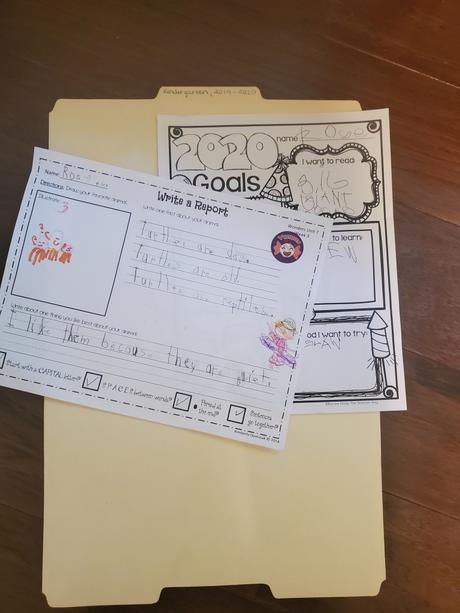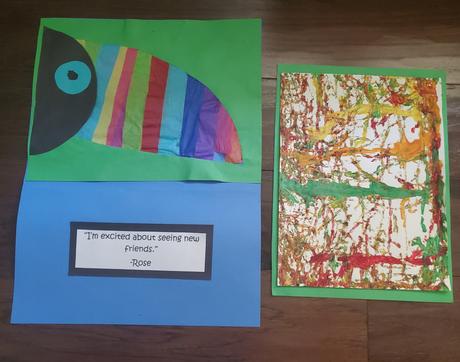Contributed by Emily Gainer.
My daughter just finished kindergarten. I’m starting the journey of collecting school memorabilia, but I can tell it will be fun and full of important memories.
In this blog, I’ll outline different types of materials that are created at school, and I’ll provide preservation and storage tips for each. For general preservation advice, including temperature and humidity recommendations, see the first blog in our preservation series.
Paper-based materials includes documents from diplomas to certificates to worksheets. Paper is an organic material that is vulnerable to deterioration. My first piece of advice for paper is do not laminate! Lamination permanently alters the document using plastic and heat. Lamination, like other plastics, breaks down over time. Second, remove metals, rubber bands, or plastics before storing. These materials rust or breakdown over time causing damage to the paper. For long-term storage, I recommend folders and boxes. Label each folder with the child’s name and year/grade, and you can easily add the next year to the box. Finally, label the outside of the box before storing.

Artwork includes items that were created using mixed media, such as crayons, markers, watercolors, and paints. Artwork also includes three-dimensional pieces made from clay or other formats. All of these formats have unique preservation issues. For art created with crayons, markers, or other media, it’s important to interleave plain white paper between the pieces so that color doesn’t transfer. This also applies to colored paper, such as construction paper. For identification, write lightly on the back with a pencil the child’s name and year the art was created. Artwork on standard-sized paper can be stored in the same folders and boxes linked above. Three-dimensional items like sculptures may require separate storage boxes and white tissue paper wrapping.

Oversize includes items that are larger than a standard 8.5×11” piece of paper, such as larger artwork, charts, newspapers, or posters. The most important piece of advice for oversize items is to lay the item flat without folds or rolls. Folds will cause permanent creases, which will weaken over time. Rolled items can conform to the rolled shape and be permanently altered. If the oversize item is a piece of art with chalk, paint, charcoal, etc., you will want to interleave with plain white paper, so the colors don’t bleed onto other mementos. The same applies for newspapers or news clippings. Newspapers naturally discolor over time and can stain other documents or fabrics. Archival suppliers have boxes in a variety of sizes for long-term storage of oversize items.

I’ll close with a final tip. Preservation and storage are easier to manage if you make selections on what to save. It would be impossible to save everything that comes home in my daughter’s backpack. As she brings things home, I select items to preserve for her (and me) to look at in the future.
If you want to learn more about preservation and storage, I recommend this free booklet from Gaylord Archival “Guide to Collection Care”.
